4-Methoxycinnamic acid
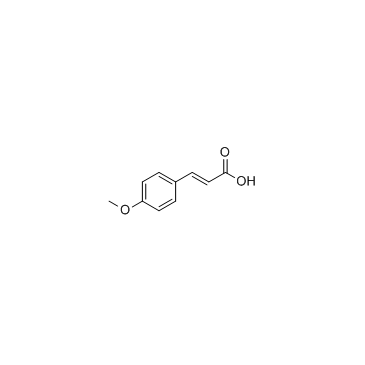
4-Methoxycinnamic acid structure
|
Common Name | 4-Methoxycinnamic acid | ||
|---|---|---|---|---|
| CAS Number | 830-09-1 | Molecular Weight | 178.185 | |
| Density | 1.2±0.1 g/cm3 | Boiling Point | 342.6±17.0 °C at 760 mmHg | |
| Molecular Formula | C10H10O3 | Melting Point | 173.5 °C(lit.) | |
| MSDS | Chinese USA | Flash Point | 138.6±14.4 °C | |
| Symbol |

GHS07 |
Signal Word | Warning | |
Use of 4-Methoxycinnamic acid4-Methoxycinnamic acid is detected as natural phenylpropanoid in A. preissii. |
| Name | 4-Methoxycinnamic acid |
|---|---|
| Synonym | More Synonyms |
| Description | 4-Methoxycinnamic acid is detected as natural phenylpropanoid in A. preissii. |
|---|---|
| Related Catalog | |
| Target |
Human Endogenous Metabolite |
| In Vitro | 4-Methoxycinnamic acid is an unusual phenylpropanoid involved in phenylphenalenone biosynthesis in Anigozanthos preissii[1]. |
| References |
| Density | 1.2±0.1 g/cm3 |
|---|---|
| Boiling Point | 342.6±17.0 °C at 760 mmHg |
| Melting Point | 173.5 °C(lit.) |
| Molecular Formula | C10H10O3 |
| Molecular Weight | 178.185 |
| Flash Point | 138.6±14.4 °C |
| Exact Mass | 178.062988 |
| PSA | 46.53000 |
| LogP | 2.36 |
| Vapour Pressure | 0.0±0.8 mmHg at 25°C |
| Index of Refraction | 1.591 |
| Storage condition | Refrigerator |
CHEMICAL IDENTIFICATION
HEALTH HAZARD DATAACUTE TOXICITY DATA
|
| Symbol |

GHS07 |
|---|---|
| Signal Word | Warning |
| Hazard Statements | H315-H319-H335 |
| Precautionary Statements | P261-P305 + P351 + P338 |
| Personal Protective Equipment | dust mask type N95 (US);Eyeshields;Gloves |
| Hazard Codes | Xi:Irritant |
| Risk Phrases | R36/37/38 |
| Safety Phrases | S26-S37/39 |
| RIDADR | NONH for all modes of transport |
| WGK Germany | 3 |
| RTECS | UD3391300 |
| Precursor 10 | |
|---|---|
| DownStream 10 | |
|
A metabolite profiling approach to identify biomarkers of flavonoid intake in humans.
J. Nucl. Med. 139 , 2309-14, (2009) Flavonoids are phytochemicals that are widespread in the human diet. Despite limitations in their bioavailability, experimental and epidemiological data suggest health benefits of flavonoid consumptio... |
|
|
Structure-activity relationships of 1'S-1'-acetoxychavicol acetate for inhibitory effect on NO production in lipopolysaccharide-activated mouse peritoneal macrophages.
Bioorg. Med. Chem. Lett. 15 , 1949-53, (2005) 1'S-1'-Acetoxychavicol acetate from the rhizomes of Alpinia galanga inhibited nitric oxide (NO) production in lipopolysaccharide-activated mouse peritoneal macrophages with an IC(50) value of 2.3 micr... |
|
|
Structure-activity relationships of trans-substituted-propenoic acid derivatives on the nicotinic acid receptor HCA2 (GPR109A).
Bioorg. Med. Chem. Lett. 21 , 2736-9, (2011) Nicotinic acid (niacin) has been used for decades as an antidyslipidemic drug in man. Its main target is the hydroxy-carboxylic acid receptor HCA2 (GPR109A), a G protein-coupled receptor. Other acids ... |
| 3-(4-Methoxy-phenyl)-acrylic acid |
| trans-4-Methoxycinnamic acid |
| 4-MeOC6H4CH=CHCOOH |
| 4-methoxycinnamate |
| RARECHEM BK HC T257 |
| 2-Propenoic acid, 3-(4-methoxyphenyl)-, (2E)- |
| 2-Propenoic acid, 3- (4-methoxyphenyl)- |
| (E)-3-(4-methoxyphenyl)acrylic acid |
| 4-Methoxy-(2E)-cinnamic acid |
| 4-Methoxyciamic acid |
| p-coumaric acid methyl ether |
| (2E)-3-(4-methoxyphenyl)prop-2-enoic acid |
| UNII-6G4ML8401A |
| (E)-p-methoxycinnamic acid |
| 4-Methoxycinnamic acid |
| (2E)-3-(4-Methoxyphenyl)acrylic acid |
| 4-methoxy-(E)-cinnamic acid |
| EINECS 213-405-4 |
| (E)-3-(4-Methoxyphenyl)acrylate |
| para-methoxycinnamic acid |
| PMCA |
| MFCD00004398 |
| (2E)-3-(4-Methoxyphenyl)-2-propenoic acid |
| para-methoxycinnamate |
 CAS#:696-62-8
CAS#:696-62-8 CAS#:79-10-7
CAS#:79-10-7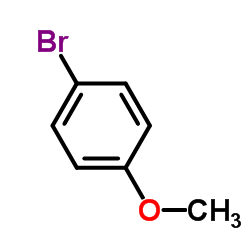 CAS#:104-92-7
CAS#:104-92-7![1,3,2-Dioxaborinane, 2-[(1E)-2-(4-methoxyphenyl)ethenyl]-5,5-dimethyl Structure](https://image.chemsrc.com/caspic/228/905966-49-6.png) CAS#:905966-49-6
CAS#:905966-49-6 CAS#:124-38-9
CAS#:124-38-9 CAS#:123-11-5
CAS#:123-11-5 CAS#:64-19-7
CAS#:64-19-7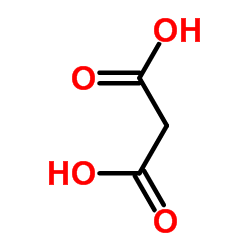 CAS#:141-82-2
CAS#:141-82-2 CAS#:292638-85-8
CAS#:292638-85-8 CAS#:832-01-9
CAS#:832-01-9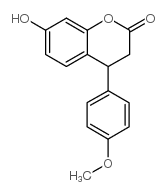 CAS#:109386-28-9
CAS#:109386-28-9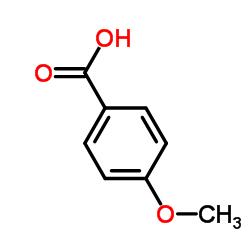 CAS#:100-09-4
CAS#:100-09-4 CAS#:501-97-3
CAS#:501-97-3 CAS#:943-89-5
CAS#:943-89-5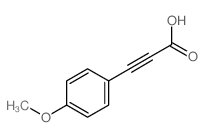 CAS#:2227-57-8
CAS#:2227-57-8 CAS#:637-69-4
CAS#:637-69-4 CAS#:25413-27-8
CAS#:25413-27-8 CAS#:20401-88-1
CAS#:20401-88-1
